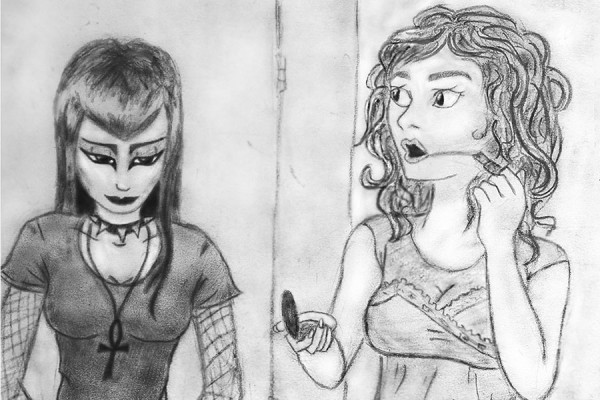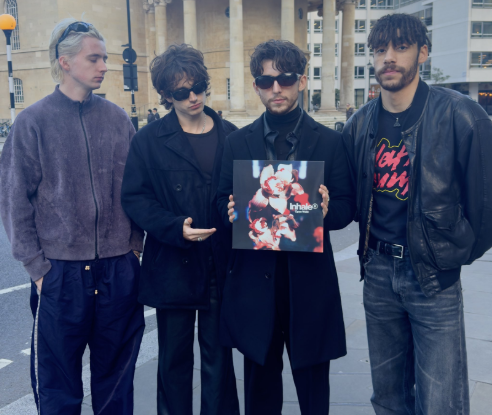Goth culture is a form of expression
Girly, you’re 17!” my older sister exclaims, holding up a pair of ripped leggings to my face. “You’re growing up, girl! You need to look nice for your man and your job. You have to throw all this stuff away.”
Wait. What?
My worn out boots that help keep me moving?
My black lipstick that comes around in my grasp once a year?
My Bauhaus shirt that I hold deep in my heart?
You want me to throw that away?
Throughout my life, I have heard the same remarks. Satanic freak. Emo.
The list grows by the day.
With complete honesty when people spit these remarks to my face, it’s nothing to be bothered by.
In a sense, I take it as a compliment (too many insults in one day is another story).
I don’t need them to understand why I dress the way I do, but I want them to understand that a subculture is nothing to look down upon.
The question is, what is goth?
It is a strange and difficult concept to grasp. You have “swag” teens who are easily recognized with their Diamond-brand clothing.
You have jocks with their letterman jackets. These people are simple to imagine in your head, in terms of fashion.
But a goth?
That’s tricky. There is no true definition.
The goth look sounds simple, though.
Black clothes. Dyed-black hair. Worn out boots.
Simple, right?
Wrong.
The goth look remains surprisingly difficult to pin down.
Contemporary goths put together a collage of styles drawn from a variety of influences.
The first spark of this dark flame began in the late 70s in Great Britain as a post-punk scene.
This scene did not last long, but some people wanted to hold on to this type of rebellion.
Thus the goth subculture began, creating bands such as Bauhaus, Siouxsie and the Banshees, Skeletal Family, etc.
As the years pass by, this genre of music shifted dramatically to deathrock and industrial creating confusion in the goth community.
In music terms, they all fall under the category of “dark.”
Goth is not, and never has been, a fully unified and consistent subculture in terms of fashion or music.
There are goths who favor elegant clothing and slow atmospheric music, called Victorian Goths.
At the opposite end of the spectrum, there are goths who wear bizarre futuristic fashions and dance the night away to fast-paced electronic music, called Cyber Goths.
In between, you may find a huge number of other styles.
I cannot speak for the entire goth community.
My beliefs for what goth truly is can be completely different than what another would believe.
But if there is anything that makes our inner demons tick, it is those that falsely accuse us of stereotypes.
The goth subculture tends to have a poor reputation because so many people who choose to label themselves as such know nothing about the culture and involve themselves in juvenile behavior they feel as goth.
The obvious example from the mainstream media is “South Park.”
The show depicts these individuals as mopey, spending time by causing harm to others and themselves.
But then again, the show is known to mock every group imaginable.
Goth is not a label.
It is a culture that expresses the beauty in darkness. We as goths are individuals, not a group of posers who do their best to stand out.
It is what we wear that makes us feel comfortable, even if we tend to overdo the thicker eyeliner, black lipstick, and wacky hairstyles.
Goths are not Satan worshippers, murderers, and angst-filled morons.
It is a lifestyle. It is art. It is beauty.
Goths have a way of recognizing the beauty of things that seem morbid and tragic to others.
We are simply human beings surviving in this world, just as you are.
Does that make me a bad person?






John Mahoney • Jan 25, 2017 at 4:48 pm
I didn’t realize that goth culture started in Britain. I can see how making sure you understand where this came from can help you channel your emotions and help you feel comfortable with it. I can see that making sure you find the right attire to help you express yourself is very important and making sure you find a store that has a wide variety can help you find the best attire. http://andromedaofthedark.com/t/casual